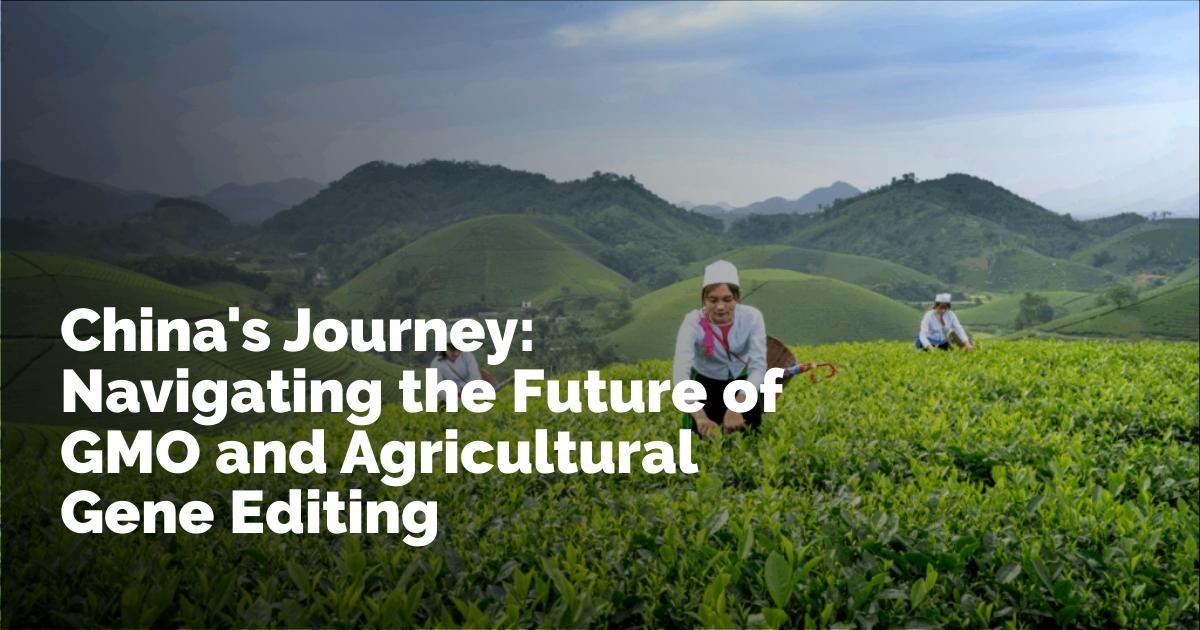The global discourse surrounding genetically modified organisms (GMOs) and agricultural gene editing continues to evolve, suggesting both immense possibilities and complex challenges. Among the countries at the forefront of this transformation, China has embarked on a significant journey over the past three decades. This journey touches various aspects of GMO research, development, commercialization, and regulation. An analysis of China's multifaceted approach offers a window into both its advancements and the hurdles it faces in safely and effectively integrating biotechnology into agriculture.
China's Footprints in GMO Research and Development
China's expedition into GMO research and its subsequent implications on agriculture have been marked by considerable growth and achievement. The nation has not only enhanced GMO research and development but also delved into the importation and processing of genetically modified food crops. The commercialization of insect-resistant cotton and other domestically developed GM crops highlights China’s commitment to leveraging biotechnology for agricultural advancement. Such leaps have allowed China to pioneer a regulatory model aimed at the safe development and endorsement of agricultural biotechnology.
Navigating Regulatory Conundrums
Alongside these achievements, China's regulatory landscape has faced significant challenges. The primary issue lies in the potential conflicts between existing regulations designed to safeguard GMO safety. Key regulatory documents, such as the Administrative Rule for Genetic Engineering Safety and the Regulation on the Safety Administration of Agricultural GMOs, sometimes contradict each other. The former places genetic safety responsibilities on the Ministry of Science and Technology (MST), while the latter assigns duties to the Ministry of Agriculture and Rural Affairs (MARA). This divergence signifies underlying discord that demands resolution to enhance regulatory clarity and efficiency.
Regulatory Oversights and Loopholes
China’s regulatory framework, while comprehensive in many respects, does not entirely cover all aspects of GMO safety management. There are clearly outlined processes for intermediate trials, environmental releases, production trials, and safety certifications. However, gaps remain, especially regarding laboratory research on GMOs. Current regulations allow research institutions to independently approve laboratory research for certain GMOs without adequate oversight, resulting in research institutions bypassing legal approval protocols and conducting intermediate trials without proper safety checks.
Public Perception and Communication Challenges
The narrative surrounding GMOs in China has transformed significantly over the years, influenced by public perception and the flow of information. Up to 2010, public attitudes were predominantly positive, driven by policy support, technological progress, and encouraging international examples. However, a lack of proactive communication coupled with a surge in negative publicity shifted public sentiment. This change was bolstered by the evolving digital landscape, which facilitated wider and quicker dissemination of information.
The Chinese government’s attempts at public science communication have been limited, often failing to effectively counter misinformation or foster public trust in GMO technologies. Mechanisms for public participation in GMO safety dialogues are underdeveloped, further distancing regulatory decision-making processes from public scrutiny and input.
International Comparisons and Learning Points
When viewed against the backdrop of agricultural biotechnology systems, such as those in the United States, China's efforts appear comparatively recent. This temporal gap is evident in several areas, including the discovery and deployment of vital functional genes, the development of GMOs, and their commercial adoption. The slower commercialization pace of GM staple crops in China has not yet aligned with governmental expectations for accelerating biotechnology adoption in agriculture.
International lessons remain vital. Practices like the EU’s regulation on food risk assessment transparency and Japan’s standards for gene-edited organisms represent areas where China could enhance transparency, build public confidence, and refine its regulatory approach.
Toward a Balanced Approach to GMO Safety
China has consistently adopted a cautious yet forward-looking approach to GMO safety management. By integrating international best practices while focusing on context-specific policies, China aims to ensure GMO safety while encouraging biotechnological progress. Comprehensive regulations are in place, covering a spectrum from research and testing to production and trade, forming a robust legal framework designed to support GMO industry growth.
Despite a strong regulatory design and technical backing, challenges like regulatory conflicts, post-commercialization oversight gaps, labeling policy discrepancies, and insufficient public engagement persist. However, by striving to safeguard human, animal, and environmental health and maximizing GMO benefits, China presents a distinct GMO safety management framework characterized by tiered trial systems, stepwise approvals, and whole-process regulatory oversight. This serves not only to meet national agricultural conditions but also offers valuable lessons for global strategies in GMO management.
In conclusion, China's path toward sophisticated GMO and gene-editing regulation is reflective of a journey rife with both achievements and significant learning opportunities. As the nation continues to fine-tune its regulatory apparatus, the insights garnered could substantially contribute to the global dialogue on agricultural biotechnology, offering a blueprint for future advancements and collaborative international efforts.
출처 : Original Source

